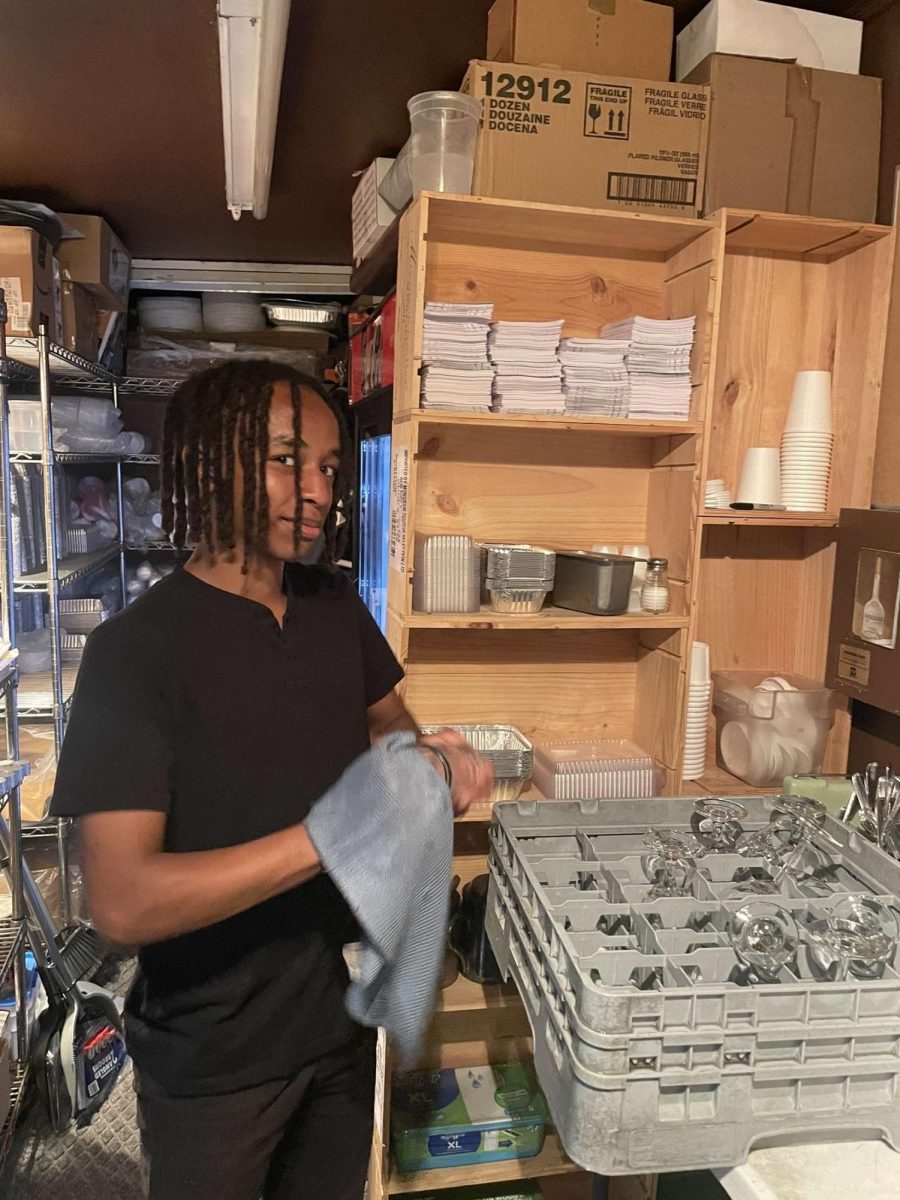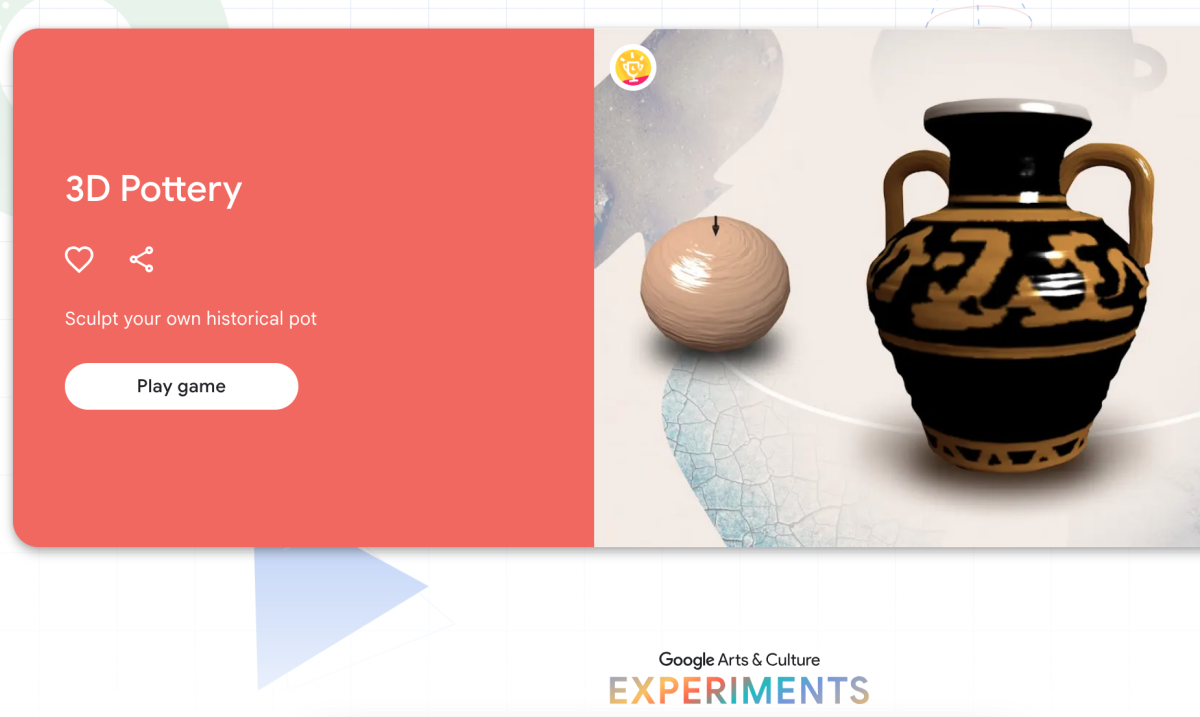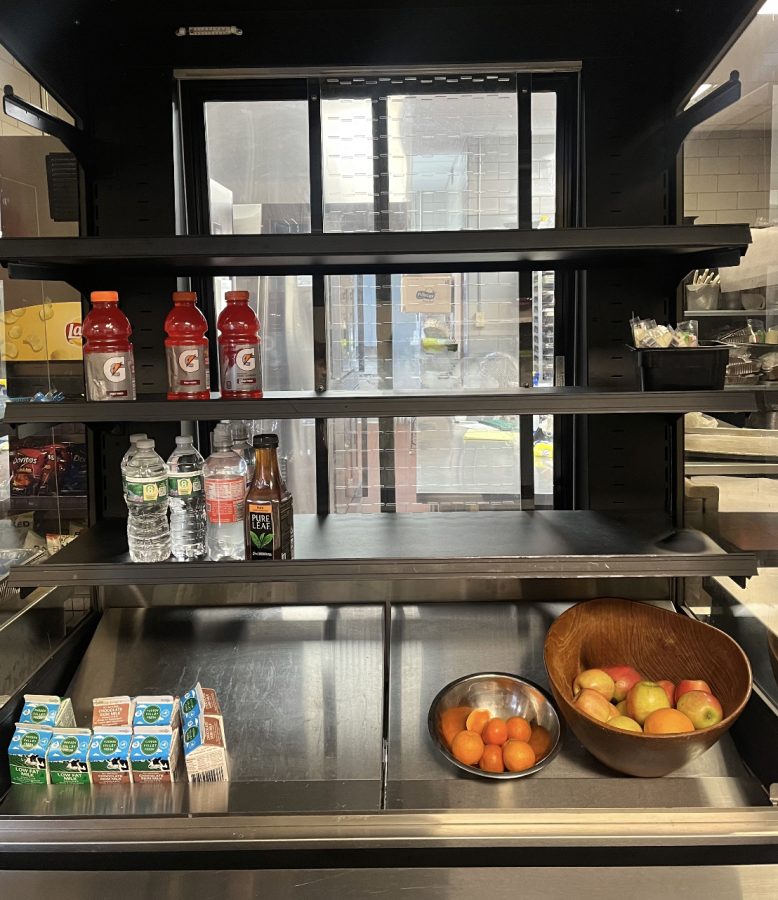Ever since the change of government in 2011, life in Syria transformed, and it might never be the same again. If a person in Syria makes a negative comment about the government, overnight, they are taken to Serdaya Prison, and they could never be released again. In this prison, they are locked up underground with 20-30 people in a small room. Even the sound of the prison guard’s footsteps starts to make them nervous and even give them the fear of death. They are not allowed to talk, take a proper shower, or even take medicine if they get sick.
The Syrian Arab Republic is a Western Asian country located in the Eastern Mediterranean. The Syrian Transitional Government was established by the Syrian Opposition in December 2024, after Ahmed al-Sara, the Emir of Hayat Tahrir al-Sham, a Sunni Islamist political and paramilitary organization involved in the Syrian Civil War, and the de facto president of Syria, appointed Mohammed al-Bashir as prime minister, replacing Mohammed Ghazi al-Jalali on December 10th, 2024. It is a republic consisting of 14 governances. Its capital and largest city is Damascus, and with a population of 25 million, it is the 57th most populated state in the world and the 8th largest in the Arab world.
The modern state of Syria was established in the mid-20th century after centuries of Ottoman rule. After a period known as the French Mandate (1923–1946), the newly established state represented the largest Arab state to emerge from the former Ottoman-ruled Syrian provinces.
The Syrian Republic legally ended the former French Mandate when it gained “de jure”(meaning according to law, legally) independence as a democratic parliamentary republic on October 24th, 1945, and as a founding member of the United Nations. The years between 1949 and 1971 were turbulent, with numerous military coups attempts affecting the country. In 1958, Syria formed a short-lived union with Egypt called the United Arab Republic, which ended in 1961 with the Syrian military coup.
The republic was renamed the Syrian Arab Republic in late 1961, following a constitutional referendum. Syria was in a state of emergency from 1963 to 2011, effectively suspending constitutional protections for its citizens.
Internal power struggles led to new coups in 1966 and 1970, eventually leading to the seizure of power by Hafez al-Assad. Syria has been at war since 2011, leading to a refugee crisis in which more than 6 million people have fled the country. The Islamic State of Iraq and Syria (ISIS) militant group seized several cities in Syria in 2014–2015, and the United States formed an international coalition that defeated ISIS territorially in Syria.
Three political formations have emerged on Syrian soil to challenge Assad’s rule: the Syrian Interim Government, the Syrian Liberation Government, and the Autonomous Administration of North and East Syria. In December 2024, an opposition coalition captured major cities, including Damascus, leading to the overthrow of the Assad regime.
Millions of people from Syria were sent to Sednaya prison after the government was overthrown in 2011, for specific crimes, and their situations were heartbreaking. Sednaya Prison, also known as the “Human Slaughterhouse”, was a military prison located near Damascus, the capital of Syria, and operated by the government of the Syrian Arab Republic.
The prison was used to hold thousands of prisoners, including civilian detainees, anti-government rebels, and political prisoners. The prison has been the site of human rights violations, systematic torture, and mass executions since the start of the Syrian civil war in 2011. It is estimated that over 30,000 prisoners have been tortured and killed. It is thought that there are hundreds of rooms underground in the prison that have yet to be found, with some people still in the rooms.
After the fall of the government, many people went to the prison to find their family members, but since the prison officers left the country, not all of the underground rooms have been found. Some of the tortures recorded include severe beatings, rape, and restrictions on access to food and medicine. It has been revealed that some prisoners were even crushed under several tons of water for torture purposes before they died, and other prisoners have been executed.
However, since the prison officers burned all the documents in the hospital before leaving the country, it is not known exactly what happened there, who was there, or what those people experienced.
In other words, the place that we call Sednaya prison is designed as one of the architectural wonders of the 21st century, a human tomb covered in the unknowns where we lost humanity. Since 2011, Syria and many countries that help Syria have been trying to stop this war.
The now 13-year-old civil war that started on March 15, 2011 is still ongoing today. Even though the overthrow of the Assad regime in December 2024 shows the war is finally over, what will happen in Syria is still unknown. Tahrir al-Sham has not yet managed to dominate the entire country. While every country has a wish for the future of Syria, we are still yet to see what Syria’s future holds.







